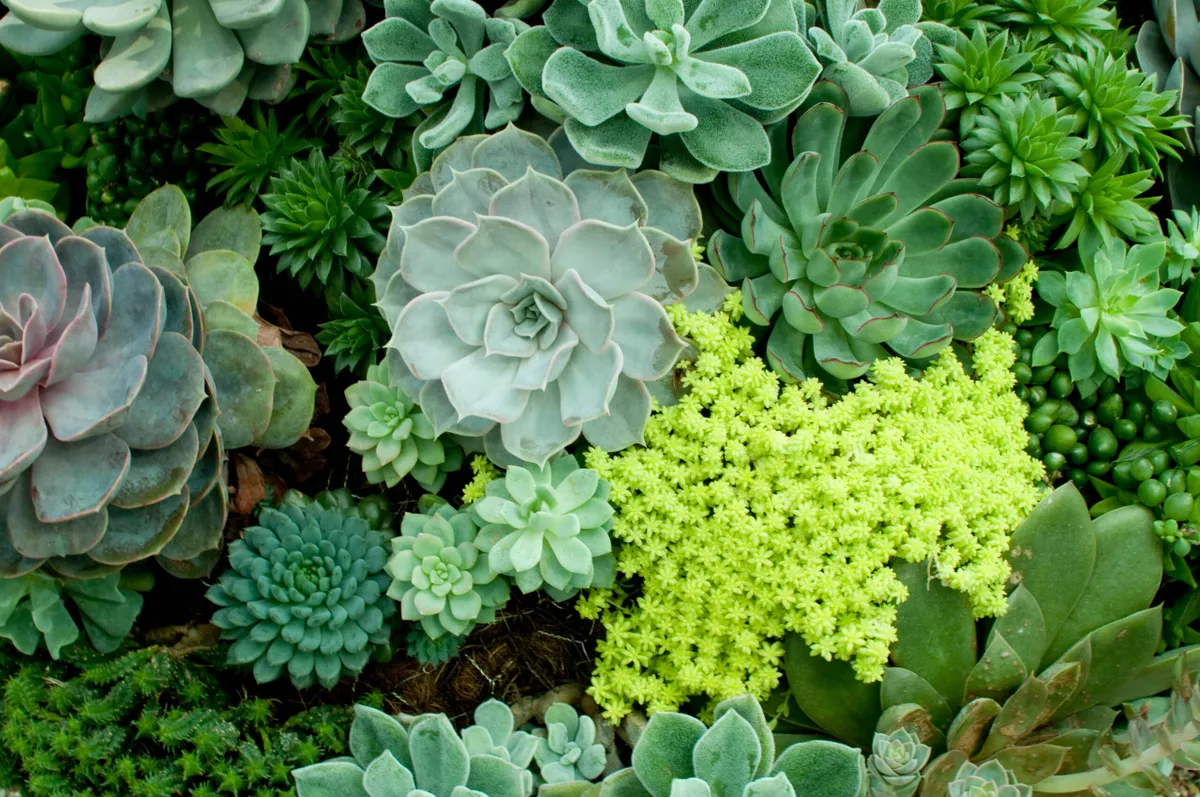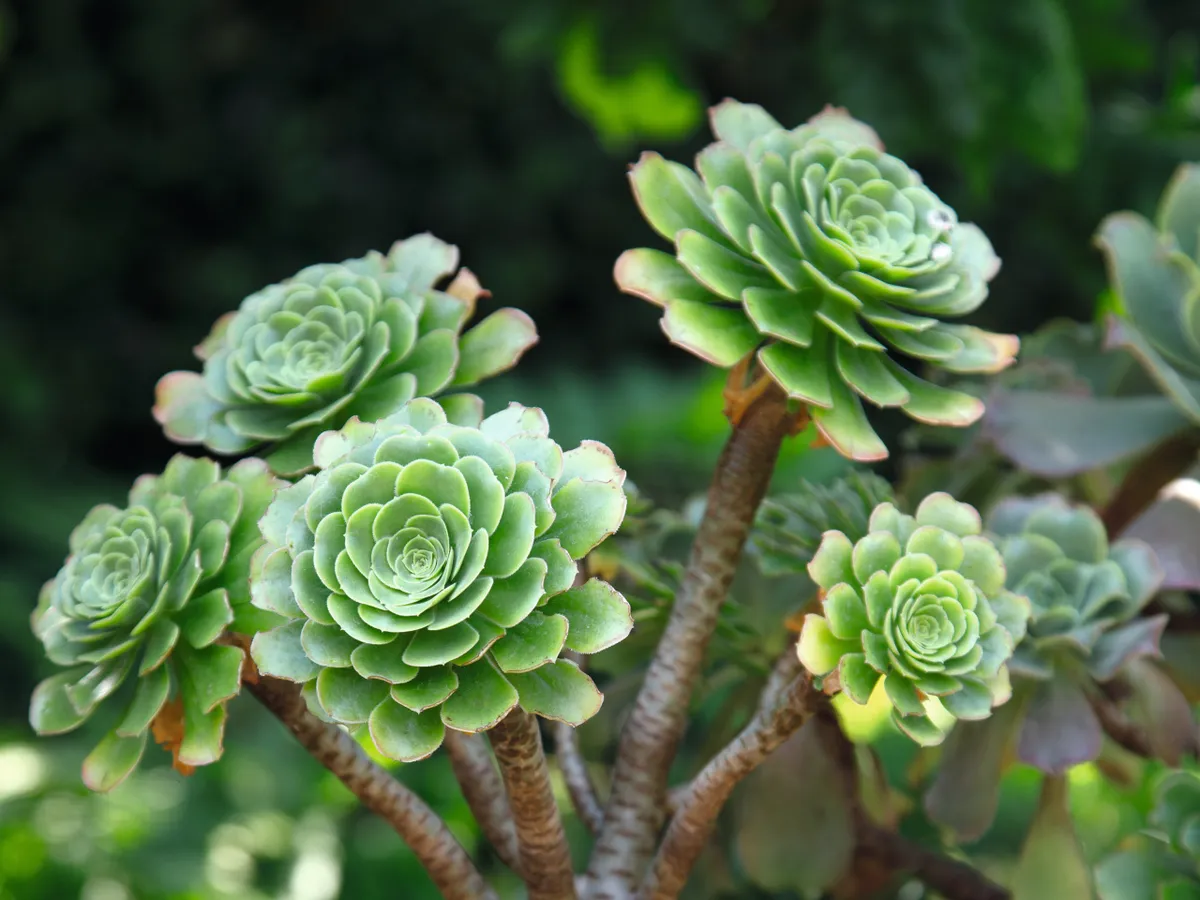Succulents such as sempervivums, echeveria and aeoniums make excellent house plants that can be displayed on a shelf or window sill, or in a conservatory. They can also be grow outside in the garden in the summer months.
Discover types of succulents to grow.
Don't miss our succulent grow guide
Here's how to propagate succulents
Succulents are so-called because they have succulent or fleshy leaves that store water. In the wild, they live in hot areas that have very well drained soil and brief but infrequent heavy downpours, and have evolved to be able to store water in their leaves.
Jump to
Succulents have a reputation for being drought tolerant, and it's true that they can go for long periods without water compared to many house plants or container plants. But this does not mean that succulents don't need watering at all. Read on for our advice on watering succulents.
Not sure how to water your house plants? Read our golden rules for watering house plants.
How often do succulents need watering?

If you're growing your succulents outside in summer, they probably do not need watering at all - they will get all the moisture they need from rainfall.
If you're growing succulents indoors, allow the compost to dry out between waterings – this replicates the infrequent but torrential downpours they would experience in the wild.
How to tell if a succulent needs watering
You can generally tell whether the compost is dry by lifting the pot up - if it feels very light because the compost has dried out, it's probably time to water. You can also poke a chopstick or finger into the compost - if they come out dry, the compost has probably dried out.
Wrinkled leaves can also be a sign of underwatering. If you spot this on a plant, water it sparingly over a period of a few days.
When to stop watering succulents
Do not water succulents in winter – they are not actively growing at this time and do not enjoy sitting in cold, soggy compost, which can cause their roots to rot. The exception to this rule is aeoniums - see below.
Do not water succulents if the soil is already moist.
Soft or mushy leaves on succulents are a sign of overwatering.
How to water succulents

Do not water a succulent within its pot cover - always take it out of this before watering.
Most succulents can be watered from above, using a watering a watering can. Stand the plant on a draining board or in a sink and water the compost until water comes out of the drainage hole – this means you will have managed to soak all of the compost.
Alternatively, you can plunge the pot into a bowl or bucket of water until the soil is completely saturated. This is the best method for succulents that have rosettes of leaves that cover the compost, making it hard to water them with a can.
Always let any excess water drain away before returning the plant to its pot cover. It is crucial that the plant does not sit in soggy compost, as this can rot the roots.
How to water aeoniums

Aeoniums are watered differently to other succulents. They go dormant in the summer – their growing season is in spring and autumn. So do not water them in summer – they do not need it. If your plants are growing outside, move them to a covered area during rainy spells, or cover them with a clear plastic sheet. Here's our guide to growing aeoniums
Don't forget to provide the right compost
Free-draining compost or soil is essential for all succulents. Specialist succulent composts are available; alternatively, plant in a 50:50 mix of horticultural grit and peat-free compost. Topping the compost with gravel can look attractive, but it can make it harder to work out whether a plant needs watering or not.
Read our guide to the best soils for succulents.